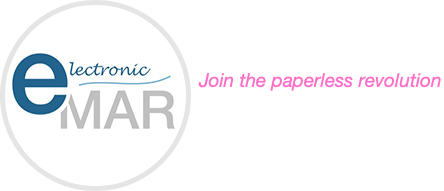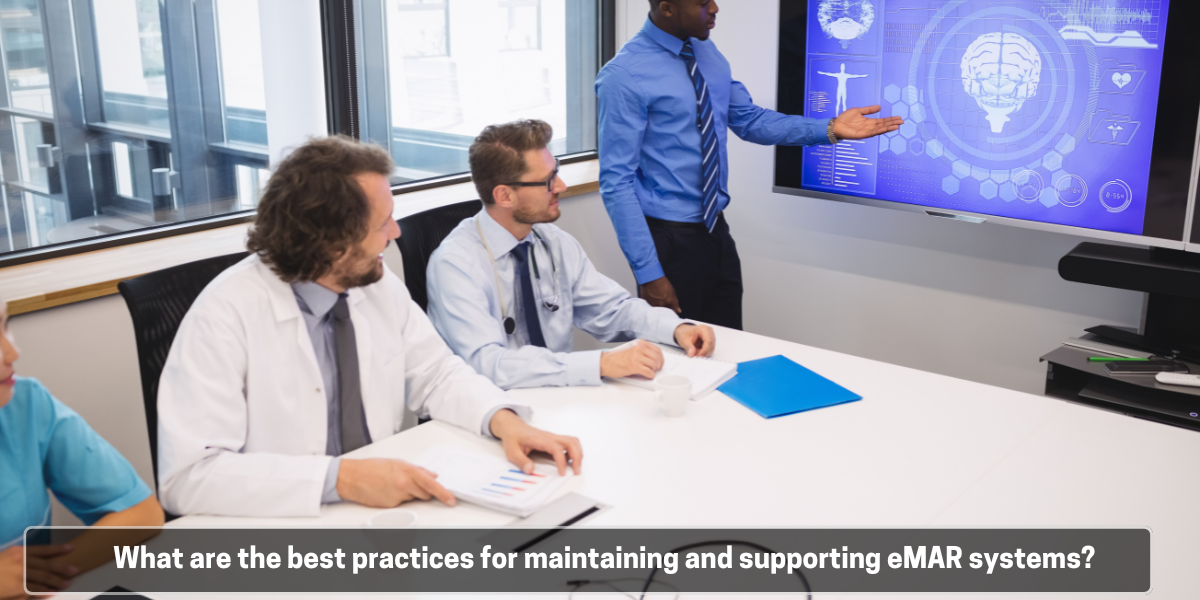Electronic medication administration record (eMAR) systems improve medication safety, streamline workflows, and reduce errors in healthcare settings. Effective implementation and maintenance are essential for maximising these benefits. Below are some of the best practices for maintaining and supporting eMAR systems:
Comprehensive training programmes
A well-structured eMAR chart training programme ensures staff can use the eMAR system effectively. Training should cater to different roles, providing relevant instruction based on job responsibilities. Nurses, pharmacists, and administrators must receive tailored guidance on system functions relevant to their tasks.
Practical training sessions help staff gain hands-on experience before they use the system with patients. Simulation exercises allow users to practise real-life scenarios in a controlled setting, increasing confidence and reducing errors.
On-site support during implementation
The eMAR vendor should provide strong on-site support during the initial implementation phase. A dedicated support team or help desk should be available to answer staff queries and troubleshoot technical issues. Quick resolution of problems prevents workflow disruptions and minimises frustration among users.
Regular system monitoring and feedback collection
Continuous monitoring of the eMAR system is crucial for identifying potential issues early. Tracking performance metrics, such as response times, system downtime, and error rates, allows healthcare facilities to address problems before they impact patient care.
Encouraging staff to provide feedback helps refine the system. Healthcare workers who use the eMAR system daily can highlight inefficiencies and suggest improvements.
Scheduled maintenance and updates
Routine maintenance and software updates keep the eMAR system secure and functional. Healthcare facilities should work with vendors to schedule periodic updates, ensuring compliance with regulatory changes and technological advancements.
Data security and backup procedures are essential to prevent information loss. Regular backups protect patient records and ensure continuity of care in case of system failures. A disaster recovery plan should be in place to restore data quickly if an issue arises.
Integration with other systems
For an eMAR system to function efficiently, it must integrate seamlessly with other healthcare technologies. Compatibility with electronic health records (EHR) and pharmacy management systems ensures smooth data flow and minimises manual data entry errors.
Customisation is key to aligning the eMAR system with the facility’s workflows. Healthcare providers should work with vendors to adapt features according to their specific requirements, ensuring the system meets clinical and operational needs.
Establish clear policies and procedures
Having clear policies and procedures in place ensures consistency in how the eMAR system is used. Documented guidelines should cover areas such as user access, data entry protocols, and issue resolution processes. Staff should have easy access to these documents for reference.
To know more on how you can switch to eMAR from paper-based records, book a 30-minute webinar demo with our team. Our system is simple to learn and quick to use. You can switch to Electronic MAR within weeks and ensure all medication records are complete for CQC inspections.







